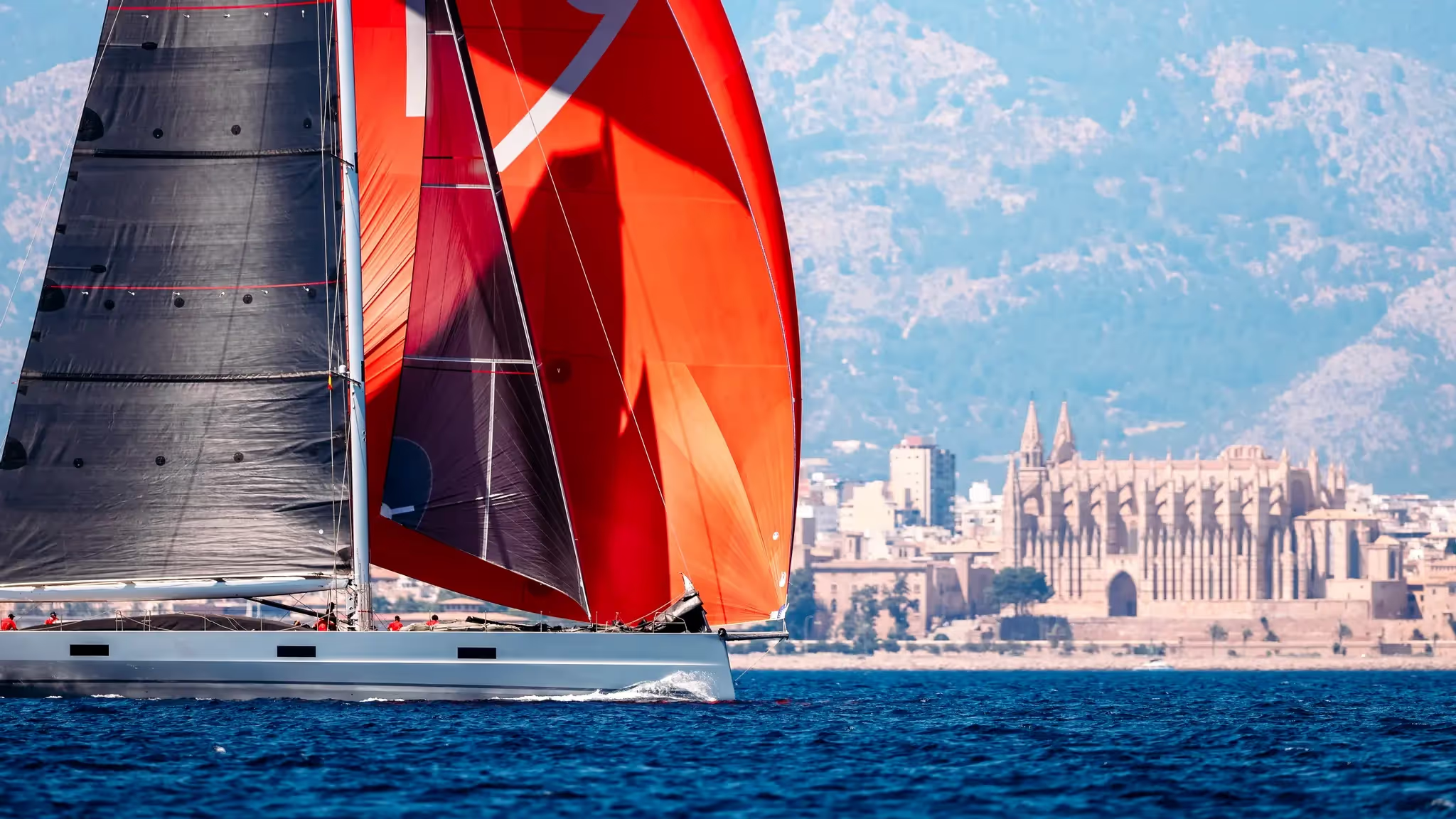
C
hristmas in Mallorca is a time when traditions and flavours tell the story of the island's history. Everywhere you look, nativity scenes - or ‘belens’ - are displayed like little marvels, from churches to houses, not forgetting squares and public spaces. Families get together to enjoy the Segunda Fiesta, on the 26th, and everyone anticipates the final event, the Festival of the Three Kings, bringing this joyous period to a close on a note of pure magic.
It all begins on the evening of December 24th, a night known as ‘Nochebuena’ (Good Night). As the streets glitter with tinsel, a tradition warms hearts and taste buds: hot chocolate. But not just any chocolate! A smooth, thick, almost creamy hot chocolate, to be enjoyed with churros or ensaimadas. This Mallorcan tradition is part of a Spanish custom. Brought back from the Americas in the 16th century by the conquistadors, hot chocolate became the cornerstone of winter festivities, associated with sharing and conviviality. In Madrid, it accompanies the famous churros in the early hours of the morning after a night of partying, while in Mallorca it is part of the magic of Christmas.
However, as in Santa Maria del Cami, Santa Gertrudis and Consell, Llet d'ametla, almond milk with lemon zest and cinnamon, is a drink made by the Franciscans of the Santa Maria convent, who took a vow of abstinence and a strictly vegetarian diet. Finally, other families, the old nobility, opt for salsa de Nadal: a sweet soup made with stock, ground almonds, honey, eggs and spices such as cinnamon, saffron and cloves. A recipe inherited from medieval cooking.














